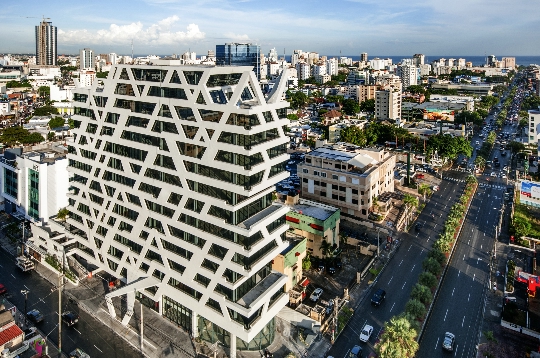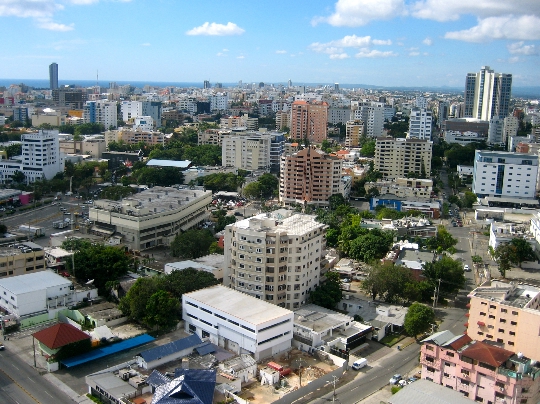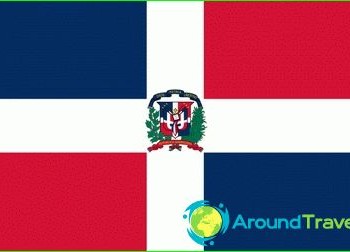Santo Domingo - the capital of the Dominican Republic

Santo Domingo was lucky with the founder - he was Bartolomeo Columbus, the brother of the great discoverer of America. The exact date is known when the capital of the Dominican Republic (Dominican Republic) appeared on the world map - August 5, 1496.
Different names
The first name of the city sounded very beautiful and feminine - New Isabella, then in 1502 it was replaced by the modern one, which means «Holy resurrection».
There was a period already in the twentieth century, from 1936 to 1961, when the usual name was replaced by a new one, which sounds difficult for a Russian-speaking person - Ciudad Trujillo. To the delight of all residents of the capital, the former name was returned.
Map orientation
The city is conventionally divided into two important parts - western and eastern. Business and cultural institutions are concentrated in the western area; tourists may be interested only in restaurants and cafes. The historic center of the capital is located in the eastern part of Santo Domingo. It is here that the most interesting places and objects for tourists are located:
- Columbus lighthouse (Bartolomeo, of course);
- the famous local Aquarium;
- caves that are part of the National Park.
In the historical center, visitors to the city are interested in architectural structures of a defensive nature, for example, the forts of Concepcion and San Diego, the fortress of La Fortaleza. The second excursion route may include acquaintance with famous palaces, including the so-called Fortress of Columbus, an ensemble of buildings in the colonial style of Atarazan.
Among the attractions of Santo Domingo is the Columbus Lighthouse, here is the mausoleum, in which the founder of the city found his last rest, the national Pantheon.
Museum stories
A trip to the museums of Santo Domingo can reveal many secrets and mysteries of history. The most popular among tourists is the Colonial Museum, followed by the Dominican Museum. The Center for French Culture will tell about immigrants from distant France and their impact on the development of the economy, politics, culture in the country.
Children's audiences will love the La Caleta Museum, where there is a wonderful underwater park, as well as the Museum of History and Geography, which will introduce famous sailors and their important discoveries. And even more vivid memories for the younger generation will leave acquaintance with the inhabitants of the local zoo and aquarium..
Dominican Republic - Santo Domingo




